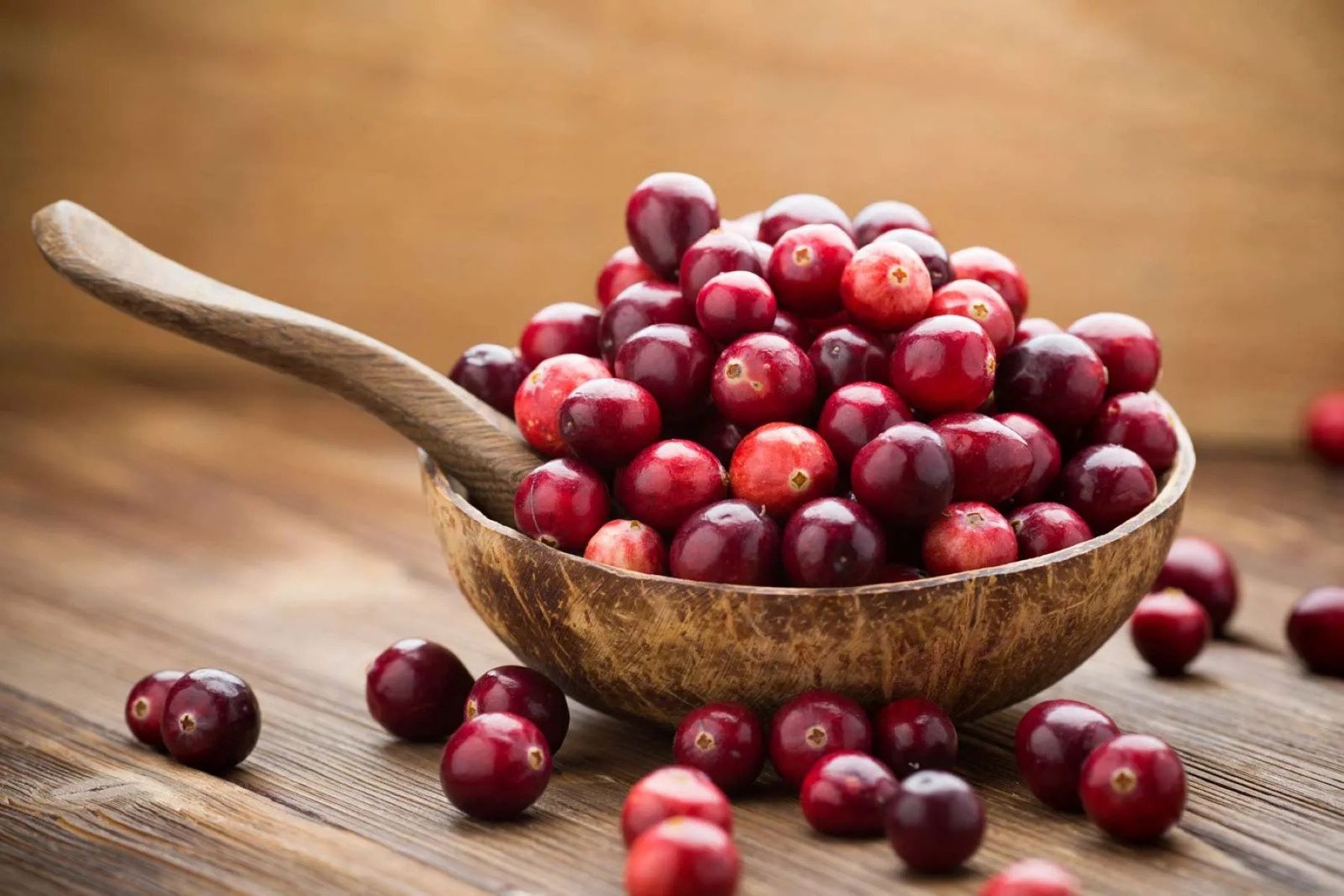

Articles
How To Store Fresh Cranberries
Modified: February 20, 2024
Learn how to store fresh cranberries with our helpful articles. Preserve their flavor and extend their shelf life with these simple tips.
(Many of the links in this article redirect to a specific reviewed product. Your purchase of these products through affiliate links helps to generate commission for Storables.com, at no extra cost. Learn more)
Introduction
Are you a fan of fresh, tart cranberries? These beautiful red berries not only add a burst of flavor to holiday dishes but also come loaded with health benefits. Whether you’ve harvested cranberries yourself or brought them home from the store, properly storing them is essential to maintain their freshness and extend their shelf life.
In this article, we will explore the best storage techniques to keep your fresh cranberries delicious and vibrant for as long as possible. We’ll discuss the selection process, the optimal storage temperature, rinsing and drying methods, freezing techniques, and even provide some additional uses for these versatile berries.
So, let’s dive into the wonderful world of cranberries and learn how to store them to ensure maximum flavor and longevity!
Key Takeaways:
- Properly storing fresh cranberries is essential for maintaining their flavor and longevity. Select firm, plump berries, store at 32-40°F, and rinse and dry thoroughly to prevent spoilage.
- Fresh cranberries offer versatile uses beyond traditional cranberry sauce. Incorporate them into baked goods, salads, smoothies, cocktails, and more to add a burst of tangy flavor and vibrant color to your culinary creations.
Read more: How To Store Cranberries
Understanding Fresh Cranberries
Cranberries are small, round berries that are native to North America. They have a vibrant red color and a tart, tangy flavor that adds a unique dimension to both sweet and savory dishes.
These berries are packed with essential nutrients and antioxidants, making them a popular choice for health-conscious individuals. They are an excellent source of vitamin C, fiber, and manganese, and their high antioxidant content is believed to have numerous health benefits, such as boosting the immune system and promoting heart health.
When it comes to cranberries, it’s important to distinguish between fresh and processed varieties. Fresh cranberries are typically harvested in the fall, while processed cranberries, often found in the form of dried cranberries or cranberry juice, are available year-round.
Fresh cranberries have a firm texture and a vibrant red color. They can be enjoyed on their own or used in a variety of recipes, from sauces and pies to salads and smoothies. However, because cranberries have a relatively short shelf life, proper storage techniques are necessary to maintain their freshness and quality.
Cranberries are also widely known for their association with Thanksgiving and Christmas. A bowl of cranberry sauce or a cranberry-based dish is a traditional and beloved addition to holiday feasts. So, whether you have leftover cranberries or want to stock up for the holiday season, knowing how to store fresh cranberries is essential.
Selecting Cranberries
When it comes to choosing the perfect cranberries for storage, there are a few key factors to keep in mind. Look for berries that are plump, firm, and vibrant in color. Avoid cranberries that are shriveled, mushy, or have any signs of mold. Fresh cranberries should have a glossy sheen and a bright red color, although some varieties may have a slightly darker hue.
If possible, try to find cranberries that have been harvested more recently, as they will have a longer shelf life. Many grocery stores and farmers’ markets provide information on the harvest date or the “best by” date on the packaging, so be sure to check for this information when making your selection. Additionally, buying locally grown cranberries can often guarantee freshness and support local farmers.
Remember that cranberries can be slightly tart on their own, but this acidity is what makes them a fantastic addition to both sweet and savory dishes. If you prefer a milder flavor, look for cranberries labeled as “sweetened” or “reduced acidity.” However, keep in mind that these cranberries may have a slightly lower nutritional value compared to their unsweetened counterparts.
While it’s always best to pick fresh cranberries for immediate use or short-term storage, sometimes you may come across bags of pre-packaged cranberries in the supermarket. In such cases, carefully inspect the packaging to ensure that there are no visible signs of damage or spoilage. Avoid packages that have been punctured or crushed, as this can indicate that the berries inside may be compromised.
Now that you know how to select the best cranberries for storage, let’s move on to the next step: understanding the proper storage temperature to keep these berries fresh and delicious.
Proper Storage Temperature
The key to maintaining the freshness and quality of fresh cranberries lies in storing them at the proper temperature. Cranberries prefer cool and consistent temperatures, which help to slow down the ripening process and prevent spoilage.
The ideal storage temperature for fresh cranberries is between 32°F (0°C) and 40°F (4°C). This low temperature helps to preserve the berries’ firmness and inhibit the growth of bacteria and mold. It’s important to note that cranberries are sensitive to extreme cold temperatures, so avoid freezing them as it can affect their texture and taste.
To store your cranberries, first, transfer them out of their original packaging and place them in a breathable container. A perforated plastic bag or a lidded container with small holes will work well. This allows for proper airflow and prevents moisture buildup, which can lead to mold or rot.
Next, find a cool spot in your kitchen or pantry that maintains a steady temperature within the desired range. Avoid areas that are exposed to direct sunlight or heat sources, such as radiators or appliances. A refrigerator can be a suitable storage location if you have enough space, as long as you ensure the temperature does not drop below 32°F (0°C).
It’s important to note that fresh cranberries can absorb odors and flavors from other foods, so it’s best to keep them in a separate section or container in the refrigerator. If you need to store them for more extended periods, consider storing them in the crisper drawer, which provides a slightly higher humidity level.
By maintaining the proper storage temperature, your fresh cranberries can stay good for up to several weeks. However, it’s always a good idea to check the berries before using them to make sure there are no signs of spoilage, such as mold or an off smell.
Now that you know the optimal storage temperature for fresh cranberries, the next step is to understand how to properly rinse and dry them before storing or using them in recipes.
Rinsing and Drying
Before storing fresh cranberries, it’s essential to rinse them thoroughly to remove any dirt, debris, or pesticides that may be present on the surface. Rinse the berries under cool running water, gently rubbing them with your hands to ensure a thorough cleaning.
It’s important to note that cranberries have a natural protective waxy coating that helps to preserve their freshness. This coating may cause the berries to float in water, but it does not affect their quality. Avoid using any soaps or detergents when rinsing cranberries, as this can strip away the natural coating and compromise their taste.
After rinsing, carefully inspect the cranberries and discard any that are bruised, discolored, or have any signs of spoilage. Removing damaged berries ensures that only the freshest and healthiest ones are stored or used in recipes.
Once you have rinsed the cranberries, it’s important to dry them thoroughly before storage. Excess moisture can lead to the growth of mold or bacteria, which can spoil the entire batch of cranberries.
Place the rinsed cranberries on a clean kitchen towel or paper towels and gently pat them dry. Alternatively, you can allow them to air dry for a few minutes before storing them. Make sure the berries are completely dry before transferring them to storage containers or bags.
Remember, moisture is the enemy when it comes to properly storing cranberries, so taking the extra time to ensure they are adequately dried can help prolong their shelf life and preserve their quality.
Now that your cranberries are clean and dry, you have the option to freeze them to extend their usability. Let’s explore the different freezing techniques for fresh cranberries.
Read more: How To Store Dried Cranberries
Freezing Techniques
Freezing fresh cranberries is a convenient way to extend their shelf life and enjoy them throughout the year. Whether you have an abundance of cranberries or want to save some for future use, freezing is a simple and effective preservation method. Here are two popular freezing techniques to choose from:
1. Whole Freezing:
If you plan to use cranberries as a whole for recipes like cranberry sauce or baked goods, freezing them as-is is a popular method. First, make sure the cranberries are clean and dry. Then, spread them out in a single layer on a baking sheet lined with parchment paper or a silicone mat.
Place the baking sheet with the cranberries in the freezer and allow them to freeze for a couple of hours or until they are firm. Once frozen, transfer the cranberries into airtight freezer bags or containers. Make sure to remove as much air as possible to prevent freezer burn.
Label the bags or containers with the date and use within 12 months for the best quality. When you’re ready to use the frozen cranberries, you can take out the desired amount and use them right away. There’s no need to thaw them—they can be added directly to your recipes.
2. Cranberry Puree:
If you prefer using cranberry puree for sauces, cocktails, or smoothies, you can freeze them in this form. Start by rinsing and drying the cranberries thoroughly. In a saucepan, add the cranberries along with a small amount of water. Simmer the cranberries over low heat until they burst and become soft.
Allow the cooked cranberries to cool before transferring them to a blender or food processor. Puree the cranberries until smooth. If needed, you can add a little sugar or sweetener to enhance the taste. Let the puree cool completely.
Transfer the cranberry puree into freezer-safe containers or ice cube trays. Leave some room at the top of the containers for expansion during freezing. Seal the containers tightly and label them with the date. Store them in the freezer for up to 12 months.
Using the cranberry puree is as easy as thawing the desired amount in the refrigerator overnight or quickly defrosting it in the microwave. You can then incorporate the puree into your favorite recipes.
Both of these freezing techniques provide you with the flexibility to enjoy cranberries at any time of the year. Whether you freeze them as whole berries or as a puree, properly stored cranberries can retain their flavor and nutritional value for an extended period.
Now that you know how to freeze fresh cranberries, let’s explore one of the most popular uses for cranberries: making cranberry sauce.
Making Cranberry Sauce
Cranberry sauce is a classic accompaniment to holiday feasts and a delicious addition to many dishes. Making your own cranberry sauce allows you to customize the flavors and control the sweetness level. Here’s a simple recipe to create homemade cranberry sauce:
Read more: How To Store Sugared Cranberries
Ingredients:
- 2 cups fresh cranberries
- 1 cup granulated sugar
- 1 cup water
- Optional: orange zest, cinnamon, or other spices for flavor
Instructions:
- Rinse the fresh cranberries under running water and remove any stems or blemished berries.
- In a saucepan, combine the cranberries, sugar, and water. If desired, add flavorings like orange zest or ground cinnamon.
- Place the saucepan over medium heat and bring the mixture to a boil. Reduce the heat to low and let it simmer for about 10-15 minutes, or until the cranberries have burst and the sauce has thickened.
- Remove the saucepan from heat and let the cranberry sauce cool completely. It will continue to thicken as it cools.
- Once cooled, transfer the cranberry sauce to a container with a lid and refrigerate it until ready to serve.
Feel free to adjust the sweetness level by adding more or less sugar, depending on your taste preferences. You can also experiment with different flavorings such as cinnamon sticks, vanilla extract, or fresh ginger to add a unique twist to your homemade cranberry sauce.
Cranberry sauce can be stored in the refrigerator for up to a week. If you have leftovers or want to make a larger batch in advance, you can also freeze cranberry sauce using the freezing techniques mentioned earlier. Simply portion out the sauce into freezer-safe containers or ice cube trays and follow the recommended freezing instructions.
Homemade cranberry sauce is a versatile addition to your culinary creations. It pairs well with roasted poultry, adds a zing to sandwiches, and can even be used as a topping for desserts like cheesecakes or ice creams.
Now that you know how to make your own cranberry sauce, let’s explore some other creative ways to use fresh cranberries.
Other Uses for Fresh Cranberries
Fresh cranberries are not just limited to cranberry sauce. There are numerous creative ways to incorporate these tart and vibrant berries into a variety of dishes. Here are some ideas for using fresh cranberries:
1. Baked Goods:
Add a burst of flavor and a pop of color to your baked goods by incorporating fresh cranberries. They can be used in muffins, bread, scones, and even cookies. Simply chop the cranberries and fold them into the batter just before baking. The tartness of the cranberries pairs well with the sweetness of baked goods, creating a delightful balance of flavors.
Read more: How To Store Dried Cranberries After Opening
2. Salads:
Use fresh cranberries to elevate your salads. Toss them into green salads for a burst of tanginess or use them in grain salads for added texture and flavor. Pair cranberries with other ingredients such as feta cheese, walnuts, or citrus fruits to create a delicious and refreshing salad.
3. Smoothies:
Add a nutritious and tangy twist to your smoothies by incorporating fresh cranberries. They bring a vibrant color and a zingy flavor to your favorite smoothie recipes. Combine cranberries with other fruits like oranges, strawberries, or bananas, and blend them with your choice of liquid and a sweetener of your choice.
4. Cocktails:
Add a festive and flavorful touch to your cocktails with fresh cranberries. Muddle cranberries to release their juices and mix them into your favorite alcoholic or non-alcoholic beverages. You can also use cranberry juice as a base for refreshing cocktails or mocktails.
5. Chutneys and Relishes:
Transform fresh cranberries into a tangy chutney or relish that pairs perfectly with roasted meats or cheese plates. Combine cranberries with ingredients like onions, apples, spices, and a sweetener of your choice to create a delightful condiment with a hint of sweetness and tartness.
Read more: How To Dry Cranberries In A Dehydrator
6. Infused Water or Tea:
Add a refreshing twist to your water or tea by infusing it with fresh cranberries. Simply add a few cranberries to your water bottle or teapot along with herbs, citrus slices, or other fruits. Let the flavors infuse for a few hours and enjoy a flavorful and hydrating beverage.
These are just a few examples of the many ways you can use fresh cranberries. Let your creativity guide you in experimenting with these versatile berries in both sweet and savory dishes. The tartness and vibrancy of cranberries add a unique and festive touch to your culinary creations.
Now that you have a variety of ideas for using fresh cranberries, it’s time to wrap up and conclude our guide to storing and utilizing these delicious berries.
Conclusion
Fresh cranberries are a wonderful and versatile ingredient that can add a burst of flavor and color to a wide range of dishes. From traditional cranberry sauce to baked goods, salads, cocktails, and more, these tart berries offer a unique taste and numerous health benefits.
To ensure that your fresh cranberries stay delicious and vibrant, it’s important to understand the proper storage techniques. Select cranberries that are firm, plump, and free from any signs of spoilage. Store them at a cool and consistent temperature between 32°F (0°C) and 40°F (4°C) to maintain their freshness.
Remember to rinse the cranberries thoroughly before storage, removing any dirt or debris. Dry them adequately to prevent moisture buildup, which can lead to spoilage. If you have an abundance of cranberries or want to enjoy them throughout the year, consider freezing them using either the whole freezing method or by making cranberry puree.
In addition to cranberry sauce, there are various other creative ways to use fresh cranberries in your culinary adventures. From baked goods to salads, smoothies, chutneys, and infused beverages, the possibilities are endless.
Whether you’re preparing for a holiday feast or simply want to incorporate these nutritious berries into your everyday meals, properly storing and utilizing fresh cranberries is essential. By following the tips and techniques outlined in this guide, you can enjoy the tangy and vibrant flavor of cranberries all year round.
So, go ahead and explore the delightful world of fresh cranberries. Let your imagination run wild, and enjoy the burst of flavor and nutritional benefits that these little red gems have to offer.
Happy cooking and happy cranberry adventures!
Frequently Asked Questions about How To Store Fresh Cranberries
Was this page helpful?
At Storables.com, we guarantee accurate and reliable information. Our content, validated by Expert Board Contributors, is crafted following stringent Editorial Policies. We're committed to providing you with well-researched, expert-backed insights for all your informational needs.
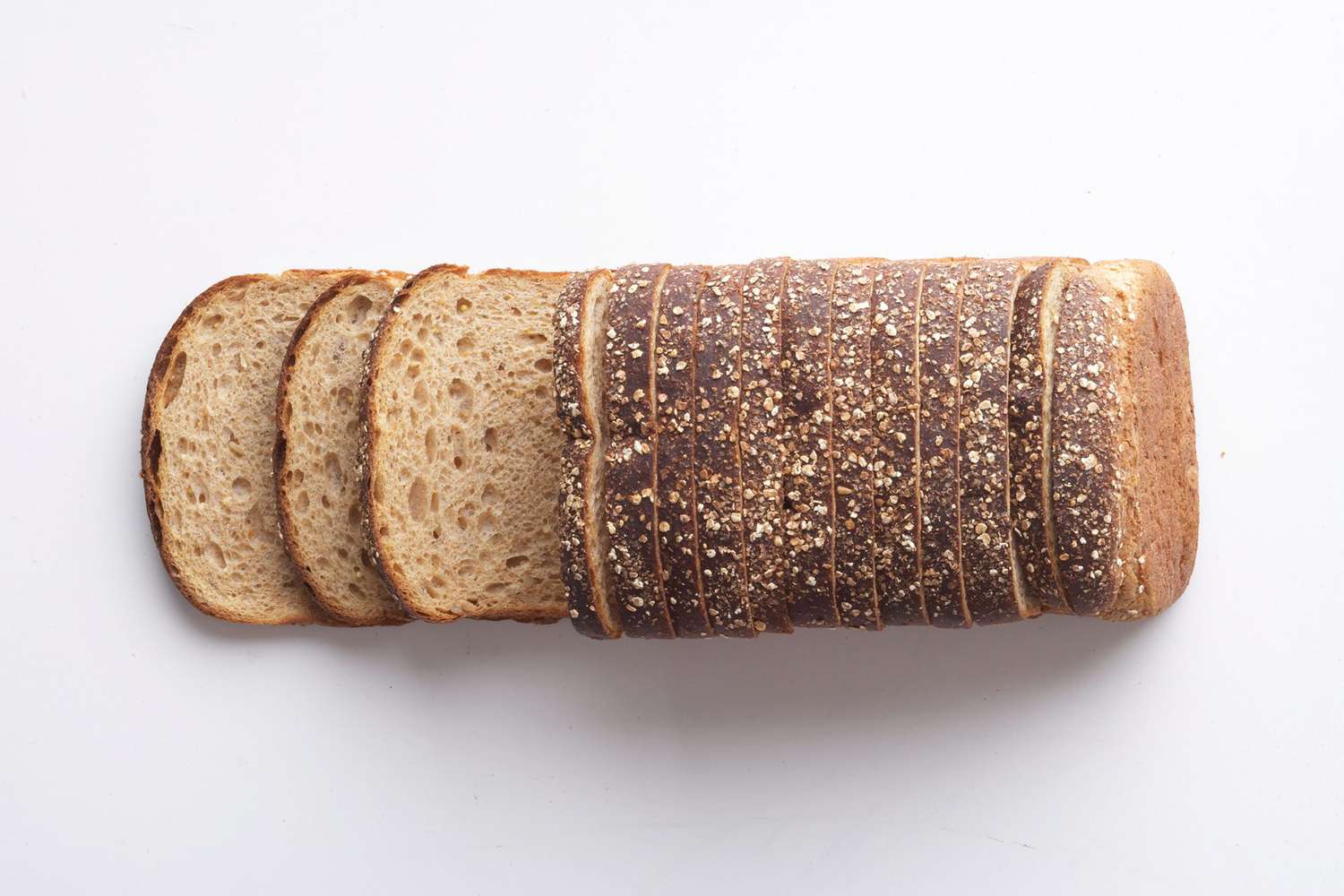
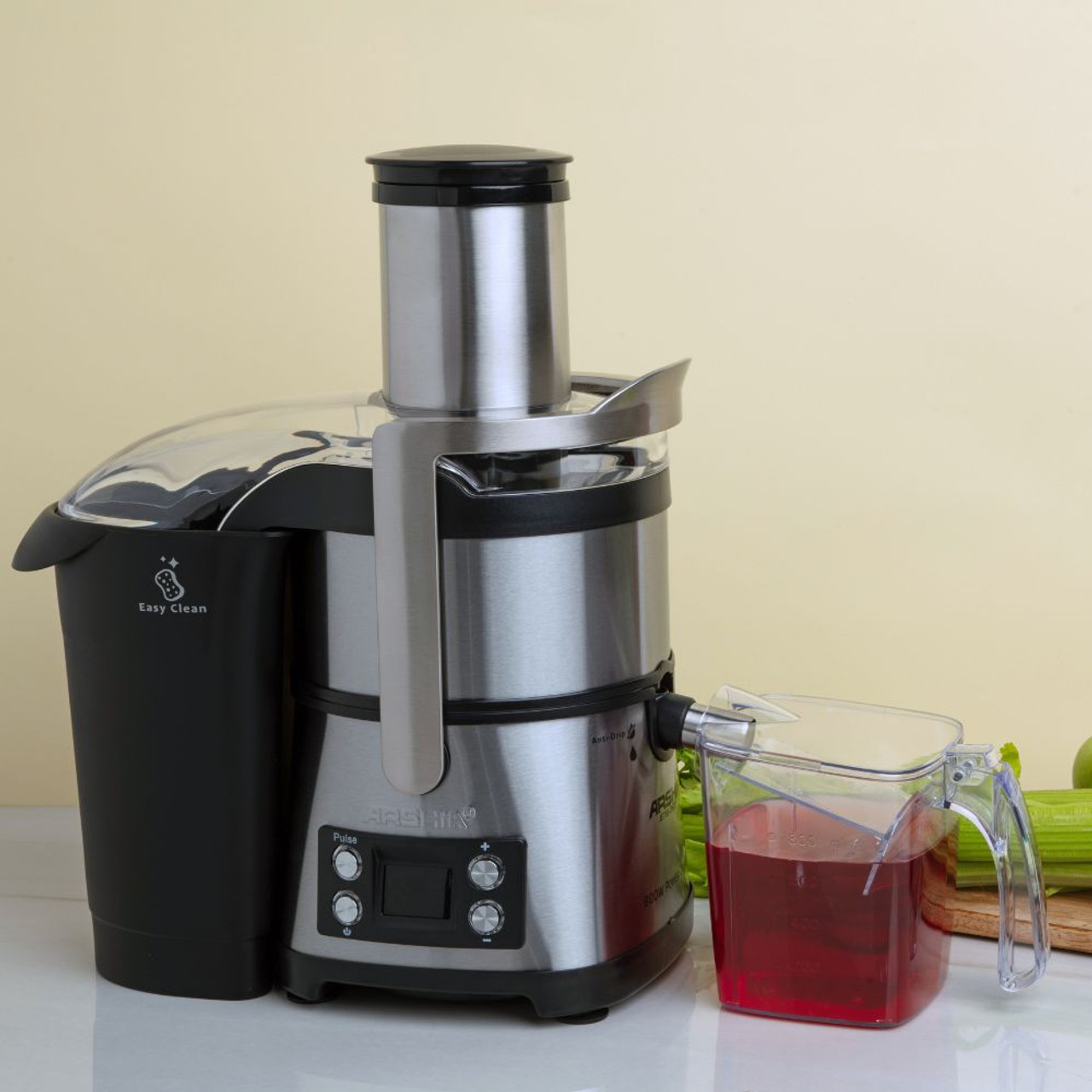
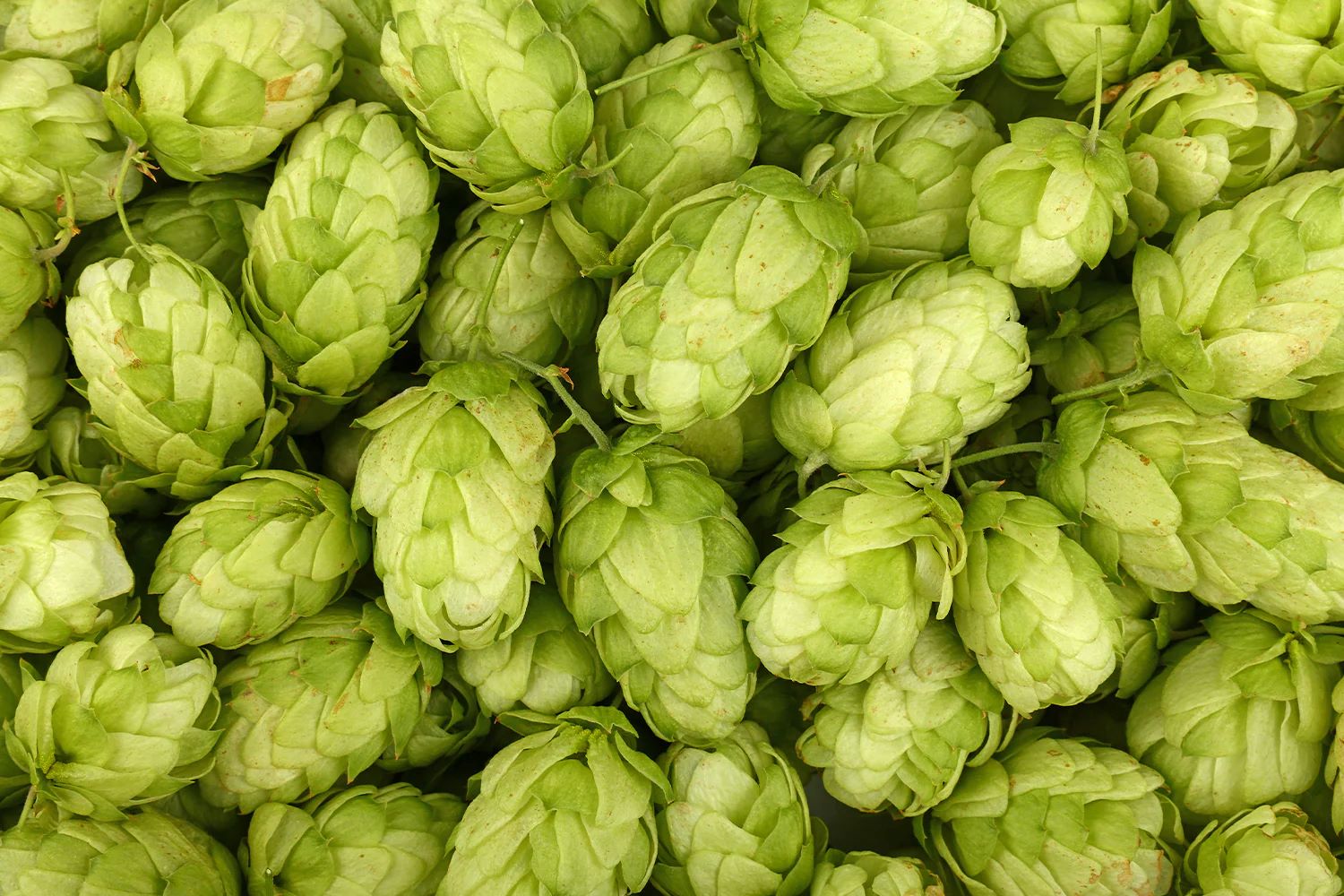

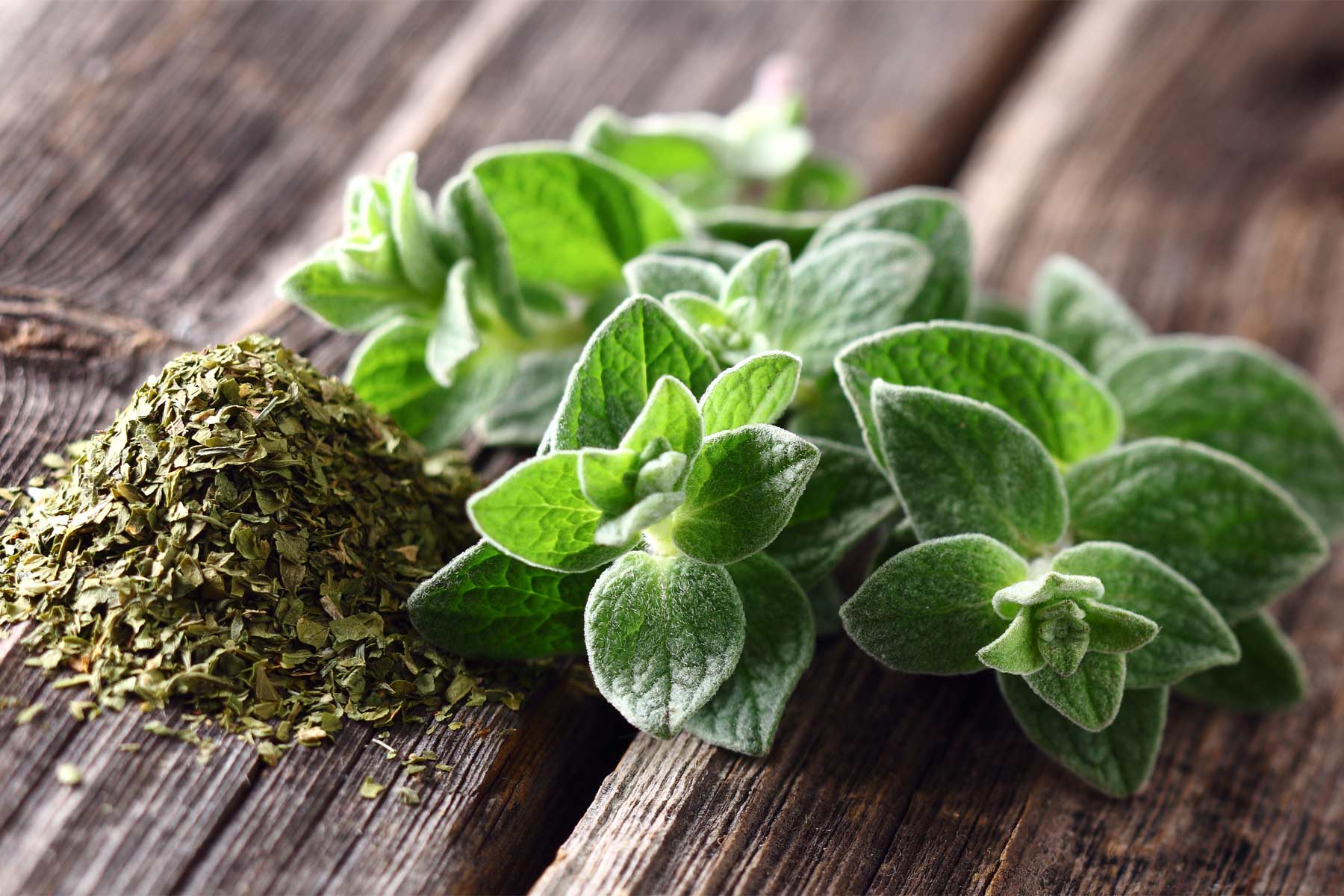
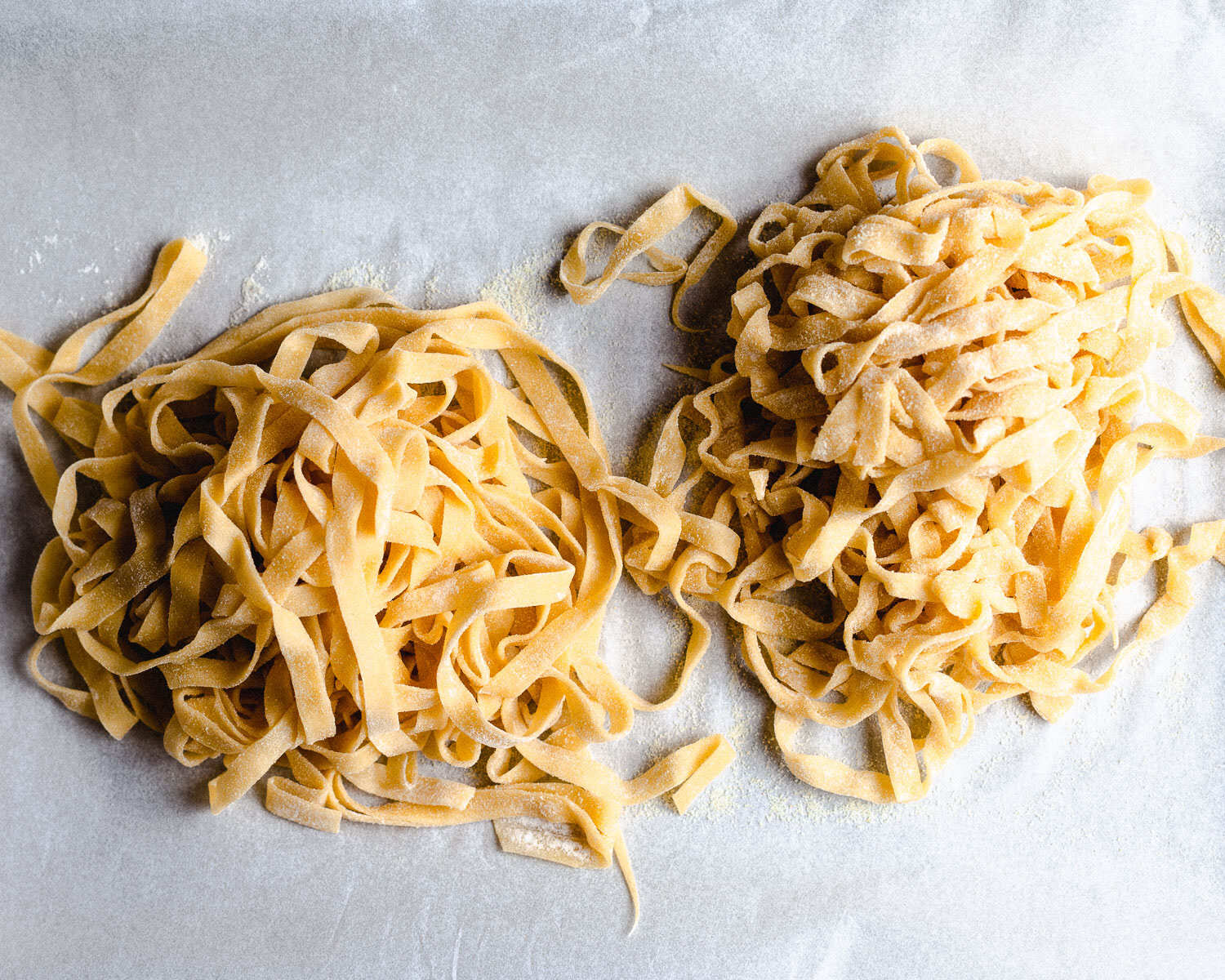
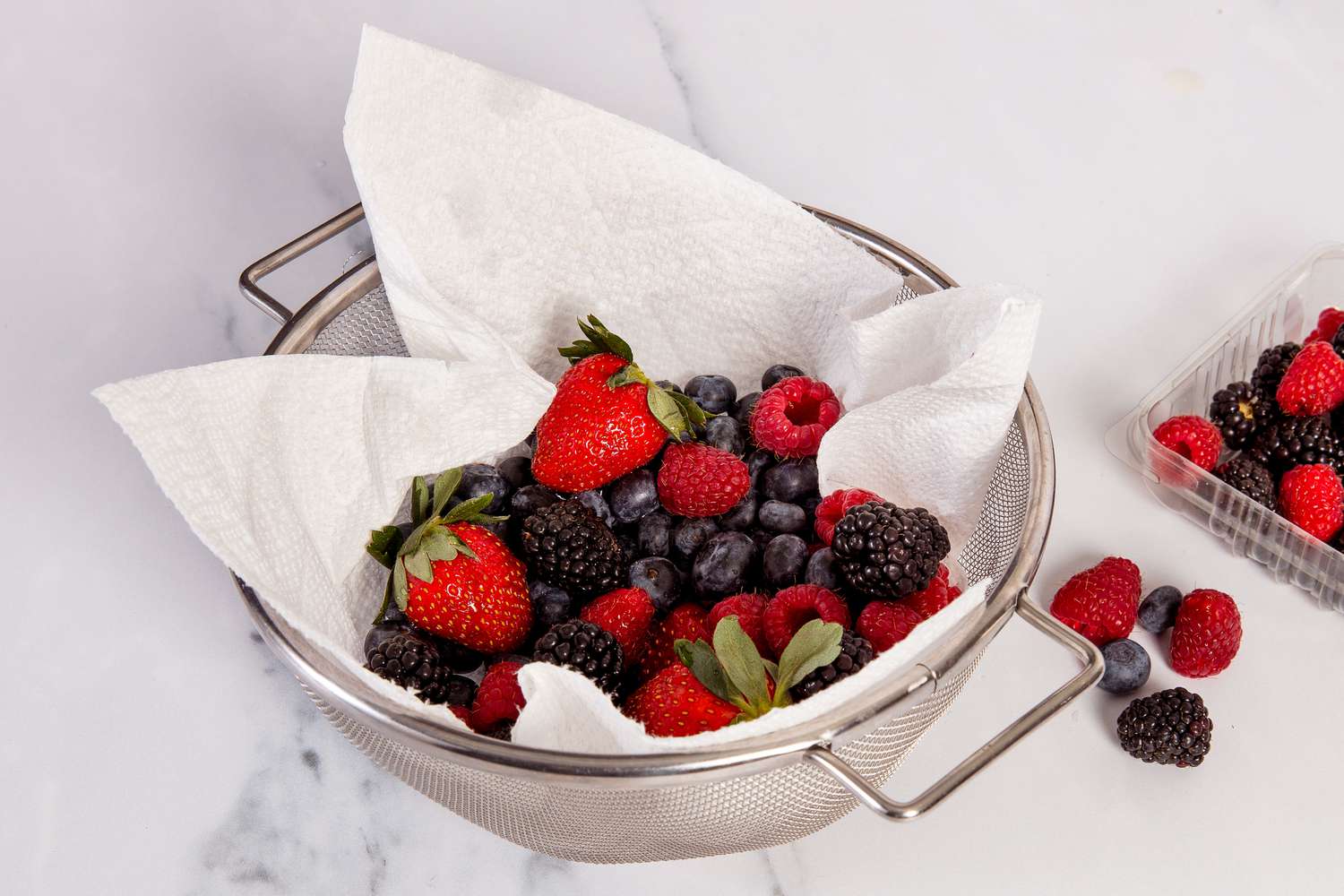

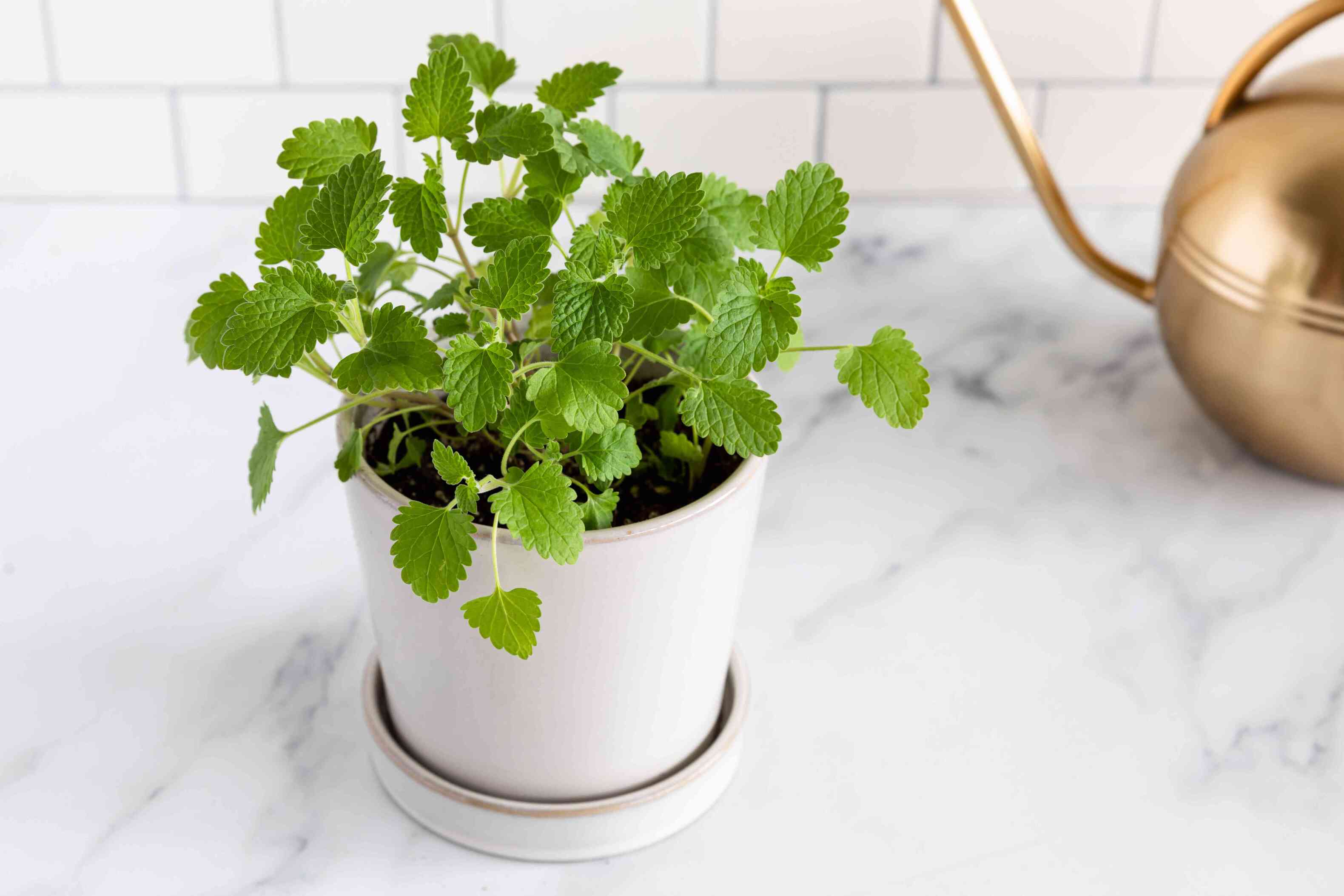
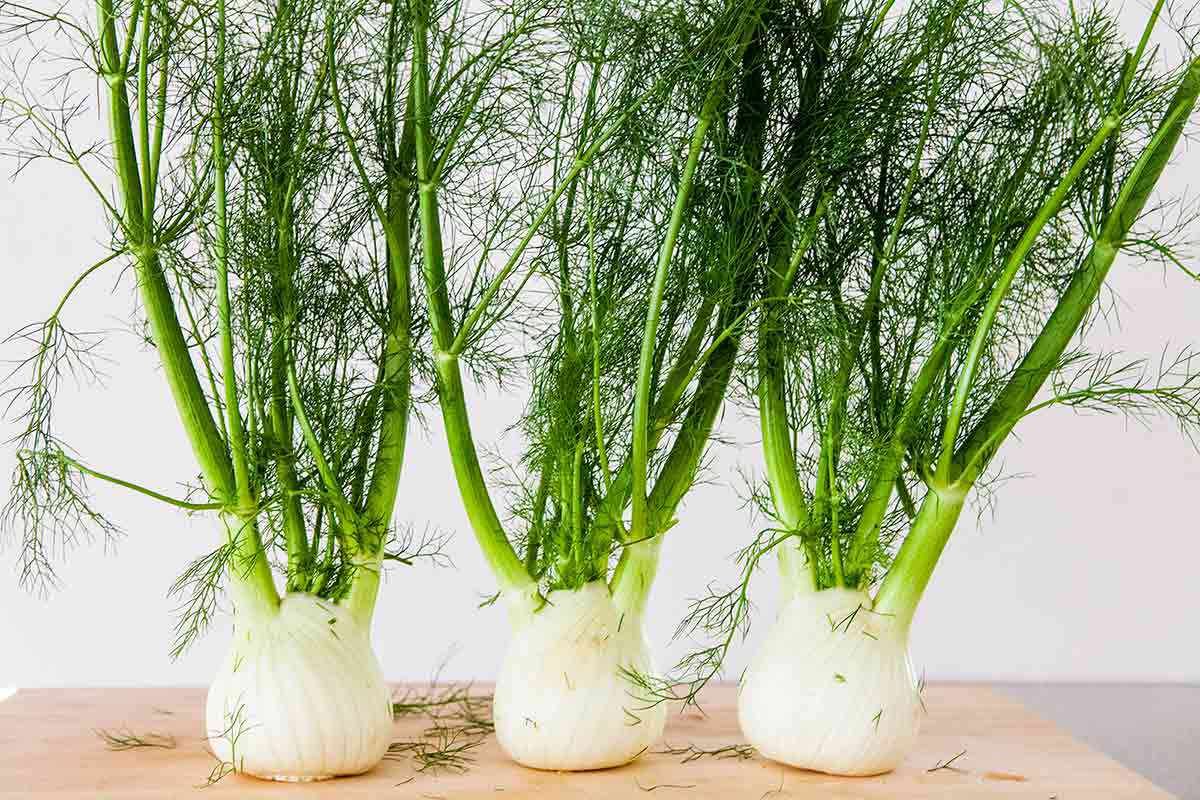
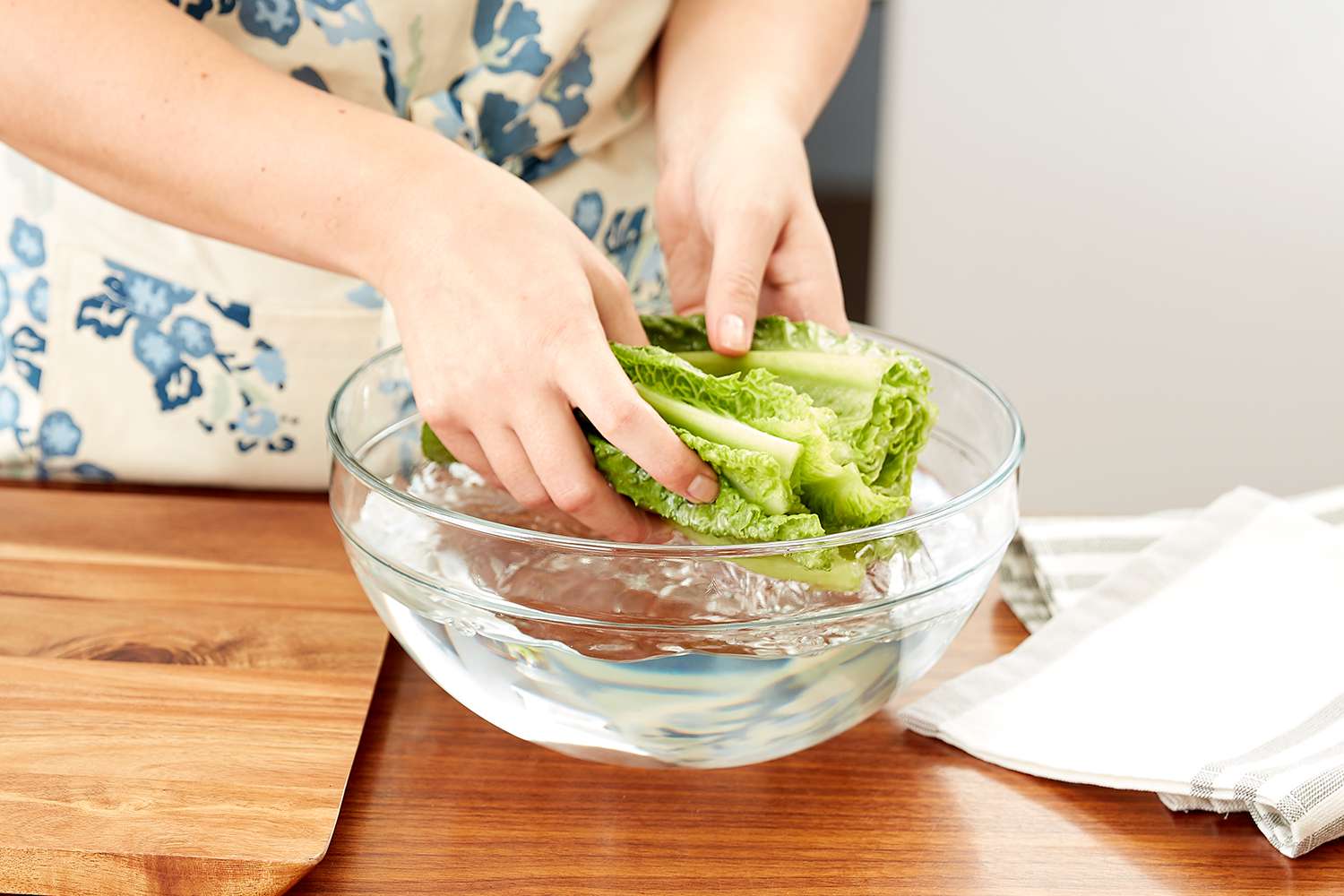

0 thoughts on “How To Store Fresh Cranberries”